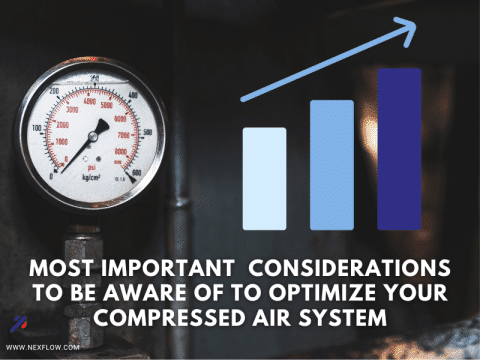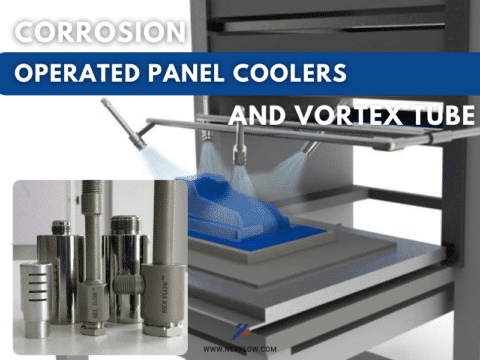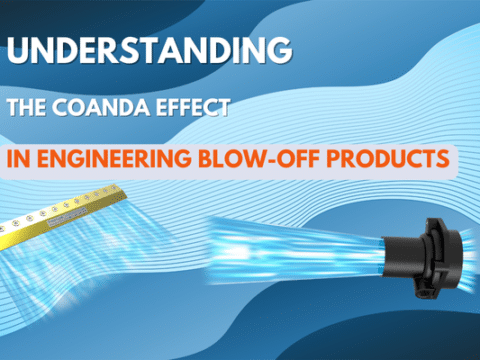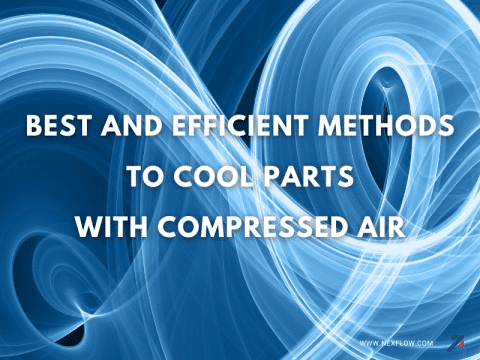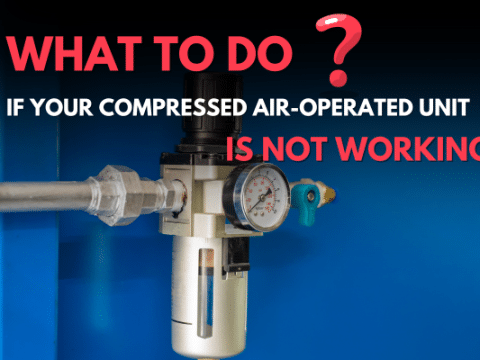
The point of use filter is a major center which maintenance is important in a compressed air line.
An area of major importance is point of use filtration in compressed air lines. This simply means that a filter (should be) used in font of an air tool, pneumatically operated machine, an air nozzle, a vortex tube, and air knife, etc. is key to maintain efficient operation.
Dirt or moisture buildup in an airline can cause clogging, inefficient operations or even damage to any equipment. Filtration upstream is not adequate as condensation can still occur in airlines downstream and dirt in airlines from corrosion can collect in piping downstream and enter the air tool, machine or nozzle as result if no point of use. Filters with replaceable filter elements to remove dirt and moisture (usually sized in the micron size and capacity it can remove) are common. There is also usually two filters- one o remove moisture and the other t remove dirt.
They typically have automatic drains which work on pressure difference or with a float that removes the collected moisture, oil and dirt. If they themselves become damaged or clogged due to dirt, then this contamination will get carried forward into the end use device or machine. Designs which can limit contamination that can effect the drain performance and should be considered a major factor in deciding on a quality filter.
Another problem is the replaceable filter element itself in a filter. It will eventually get dirty and need to be changed. Without replacement the contaminates get carried past or becomes so clogged nothing downstream works. In very problematic air lines this makes filters a high maintenance item requiring frequent servicing. An efficient separator type design with no filter element is available on the market that can address this problem of moisture, dirt and oil with one unit making the filter virtually maintenance free as they do not use filter elements eliminating the need to service the filter. If the automatic drain is also of quality design even that issue can be greatly minimized. These types of filters should be seriously considered especially in facilities with major water/oil issues. Two things to look out for with these devices is to be sure they meet the ISO 12500 and ISO 8573.1 standards for filters (see: http://www.airbestpractices.com/system-assessments/air-treatmentn2/air-quality-standards-iso-85731-iso12500 )and that they can be easily dismantled and cleaned should contamination ever build up inside them – just in case. Nothing is worse than to have a filter you cannot take apart to clean.




